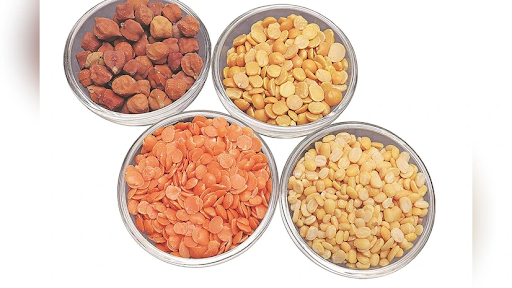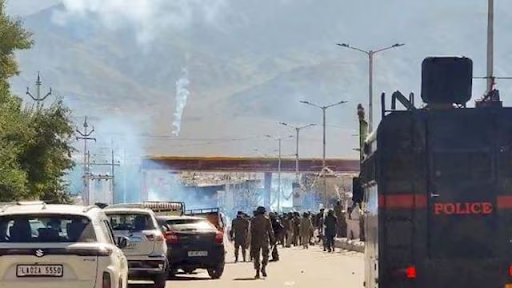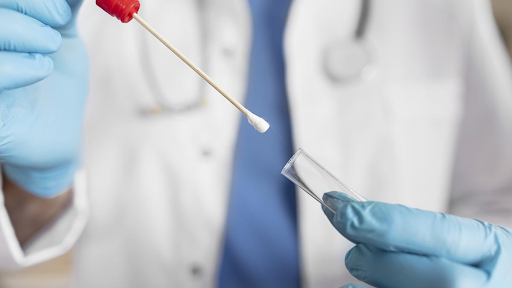



The Cashless Treatment of Road Accident Victims Scheme, 2025 offers free medical care up to ₹1.5 lakh for seven days post-accident. Applicable nationwide, it ensures immediate treatment during the golden hour. Led by NHA, it involves empanelled hospitals, IT systems, and state agencies, aiming to reduce road accident fatalities.

Copyright infringement not intended
Picture Courtesy: LIVEMINT
Government launched a nationwide cashless treatment scheme for road accident victims.
This scheme, called the Cashless Treatment of Road Accident Victims Scheme, 2025, guarantees immediate medical care for road accident victims.
It covers treatment costs up to Rs 1.5 lakh per person for a maximum of seven days after the accident.
The Ministry of Road Transport and Highways (MoRTH) designs it to reduce deaths caused by delays in medical care, especially during the golden hour—the critical first hour after an accident when timely treatment can save lives.
The scheme applies to:
For hit-and-run cases resulting in death, the victim’s family receives Rs 2 lakh as compensation, and ₹50,000 for injuries, along with support for legal and medical procedures.
Road accidents are a major problem in India. In 2023, India saw 4.8 lakh road accidents, leading to 1.72 lakh deaths. Over 50% of these deaths could have been prevented with timely medical care.
India accounts for 11% of global road fatalities, making it one of the most dangerous countries for road travel. Causes include overspeeding, reckless driving, weak traffic law enforcement, and lack of safety features in vehicles.
The scheme tackles these issues by:
The National Health Authority (NHA) leads the scheme’s implementation, working with police, hospitals, and State Health Agencies.
Immediate Treatment
Victims receive treatment at designated hospitals (around 30,000 empanelled hospitals, including those under the Ayushman Bharat PM-JAY program). These hospitals offer trauma and polytrauma care.
Coverage Details
Non-Designated Hospitals
If a victim reaches a non-designated hospital, it provides only stabilization care (basic treatment to keep the patient stable). The patient is then transferred to a designated hospital for full treatment.
IT Platform
The scheme uses an advanced IT system combining:
State Role
Each state’s State Road Safety Council acts as the nodal agency. It onboards hospitals, manages records, and ensures timely payments to hospitals.
A 17-member steering committee, chaired by the Road Secretary, monitors the scheme. It includes:
This committee meets at least twice a year to ensure smooth implementation and address challenges. The government allocated ₹272 crore for the scheme in 2025-26.
Must Read Articles:
India Top in Road Accident Deaths
India losing GDP Due To Accidents
Source:
|
PRACTICE QUESTION Q. Despite being one of the worst-hit countries, India struggles to implement robust road safety laws. Identify the structural bottlenecks hindering progress. 150 words |






© 2025 iasgyan. All right reserved